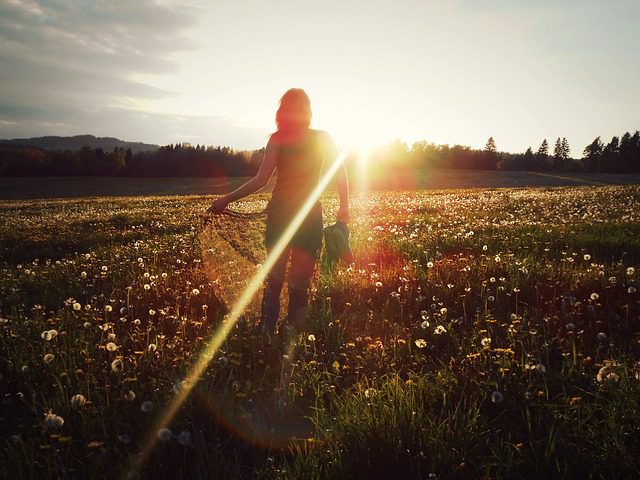Last week, I reviewed Frances Billinghurst’s excellent book Dancing the Sacred Wheel: A Journey through the Southern Sabbats. This book is turning out to be very valuable to me because most books on the Wheel of the Year are written from a Northern Hemisphere perspective with a Wheel based on the seasonal cycle of Great Britain. South Florida is different enough, but at least the dates and seasons correspond.
In Australia, not only are the dates different, it’s not really adequate to just rotate the Wheel. The landscape and seasons are very different. And that’s not all. In her book, Billinghurst describes how she casts the circle and calls the quarters, counter-clockwise, and why. Another significant difference is the placement of the elements. These are two subjects I’ve been reflecting on since I came to Melbourne nearly a year ago. I’ve enquired with local Pagans and received a variety of answers and explanations, usually conflicting. So, in the end, I’m left to figure it out for myself.
In the Southern Hemisphere, the sun appears to travel from east to west along the north, not the south. So, deosil (sunwise) in the Southern Hemisphere is counter-clockwise. Thus many Aussie Pagans cast the circle and call the quarters in a counter-clockwise direction.
The concepts of deosil and widdershins (in a direction contrary to the apparent course of the sun) come down to us from Scottish folklore. Deosil was synonymous with clockwise probably because they were in the Northern Hemisphere and because it was considered bad luck for a sun-venerating religion to move contrary to its apparent motion.
Not all Aussie Pagans follow this format and there are good reasons not to. First, the sun doesn’t actually move in this way; it doesn’t move at all. It only appears to from our perspective here in on Earth as it rotates counter-clockwise on its axis and orbits counter-clockwise around the Sun.
Second, there are a number of Aussie Pagans who have been taught in Northern Hemisphere traditions and styles. For them, casting the circle and calling the quarters in a clockwise direction, even if that’s technically widdershins (in a direction contrary to the apparent course of the sun), feels right and natural.
Ultimately it doesn’t matter what direction you cast the circle and call the quarters in. You have to work out your own reasons, examine those steps in context of the ritual overall, and decide what’s best for you. I attended a public ritual a couple of weeks ago and the priestess cast and called clockwise.
The second issue is the placement of the elements. In her book, Billinghurst explains that she leaves air in the east and water in the west, but she places fire in the north and earth in the south. This placement is based on her observations and adapting to the local landscape. This approach is not unique and I’ve seen American Pagans do this as well.
I do not correspond the classical elements and their placement with geography. They are rooted in ancient Greek philosophy and have come down to us through the Western Mystery Tradition. Wicca is a combination of nature-based spirituality and Western esotericism. I have an uncomfortable relationship with some of the occult aspects of Wicca that are rooted in the Middle Ages and the Renaissance (i.e. Kabbalah, Hermeticism), but the Aristotelian elements and their classical placements are one aspect I choose to keep as is.
This is a choice, not a prescription. I believe Wicca is a highly adaptive religion and, though there are some basics to it, the practitioner can decide what works best for them. What I do like to see is critical analysis of why we do what we do.
So, in the end – well, at least for now – I’ll stick to casting the circle and calling the quarters in a clockwise direction while recognising that it is against the apparent course of the sun, and to the traditional placement of the elements. I’m comfortable with mystery, however, and I feel okay knowing that this may change as my practice develops in the Southern Hemisphere.

